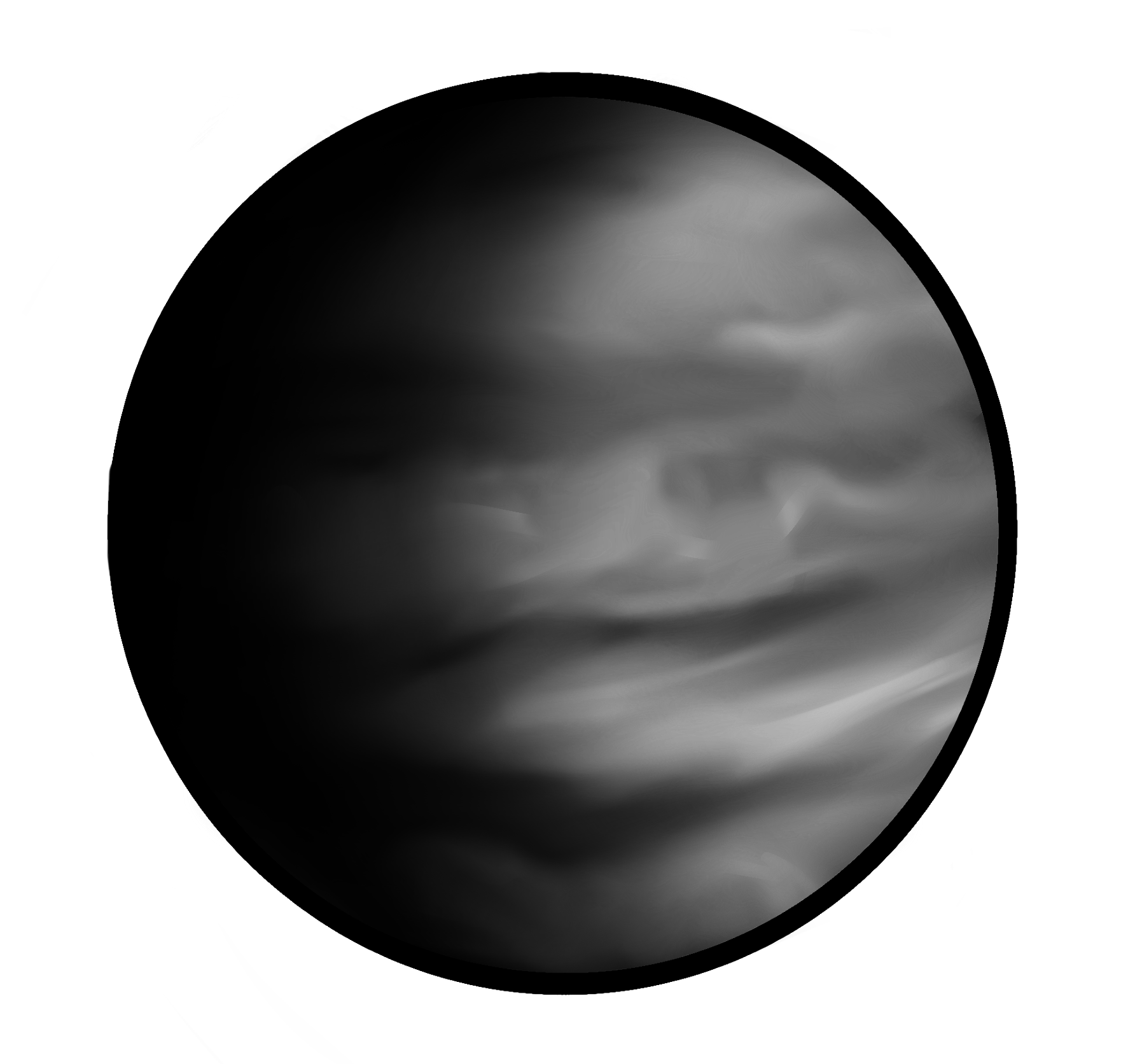data analysis:
old, long-period planet
TOI 813
In addition to delivering an ensemble of new planet candidates, PHT has identified scientifically valuable planetary systems that lend themselves to further investigation.
This target, known as TOI 813, was initially identified by citizen scientists taking part in the Planet Hunters TESS project. The planet stands out as being old (3.7 billion years), having along orbital period (84 days), orbiting around a bright star.
The planetary nature of transit-like signals can be validated in a statistical sense by evaluating the likelihood that they are caused by a planet as opposed to the range of alternative, astrophysical false positive scenarios. This became routine in the era of Kepler (e.g., Borucki et al., 2012; Morton, 2012; Díaz et al., 2014; Santerne et al., 2015), as many of the systems detected by that satellite are too faint for high-precision RV follow-up. For this analysis I used the open-source package VESPA (Morton, 2012, 2015), which calculates the false positive probability by considering three astrophysical false positive scenarios: undiluted eclipsing binary; eclipsing binary that is diluted by another star, often known as a background eclipsing binary; and hierarchical triple eclipsing binary . For each of these scenarios, VESPA simulates a population of stars, using the TRILEGAL galactic model (Girardi et al., 2005), and compares the shape of the simulated transits to the transits in the observed TESS light curve. This results in a likelihood for each false positive scenario. This allowed us to statistically validate the planet.
In order to derive the planet parameters, we jointly modeled the transit data with the radial velocity data using a parametric model fit with MCMC.
Helping to solve the mystery of planet formation
The mass of TOI 813 b of 48+/-15 M⊕ places it in a scarcely populated region of parameter space between the mass of Neptune (17.15 M⊕) and the mass of Saturn (95.16 M⊕), as shown in the figure on the left. This mass range represents a transition region between volatile-rich gas giants and volatile-poor ice giants, and is only populated with 88 planets that have mass measurements to better than 30% accuracy (as of 19 January 2022). The characterisation of planets in this mass range can help constrain (currently debated) theories of how gas giants and ice giants form.
In the core accretion model of planet formation, for example, giant planets form by coagulating km-sized planetesimals into large, rocky cores. Once a critical mass of around 10 M⊕ is reached, a gaseous envelope is accreted onto the core of ice and rock, forming a gas giant (Pollack et al., 1996). This model, however, struggles to explain why ice giants do not accrete gaseous envelopes to also become gas giants.
Lambrechts et al. (2014) suggest an alternative planet formation model where the planetesimals grow by accreting cm-sized pebbles instead of via planetesimal coagulation. Once a pebble-accreting core reaches a threshold mass (∼50 M⊕ at a semi-major axis of 5 AU) it can clear its surroundings by gravitationally perturbing the gas disk in the vicinity of the core. As a result, pebble accretion stops, allowing the inward gravitational pull of the core to become greater than the outward pressure due to heat generated by the accretion. This triggers the collapse of the gas envelope onto the core of the planet, resulting in a gas giant. Unlike gas giants, ice giants do not reach the required threshold mass. This is because the threshold mass is larger for cores on wider orbits. As such, due to the increased gas scale height of protoplanetary disks at larger radii, more gravitational energy is required to perturb the surrounding gas disk and to halt pebble accretion. Therefore, planets that form on wide orbits are expected to have thin envelopes of H, He, and water vapour from sublimated icy pebbles, i.e. ice giants. Thus, the identification and atmospheric characterisation of planets in this mass transition region between ice and gas giants, such as TOI 813 b, can help differentiate between different evolutionary pathways such as those proposed by Pollack et al. (1996) and Lambrechts et al. (2014).



